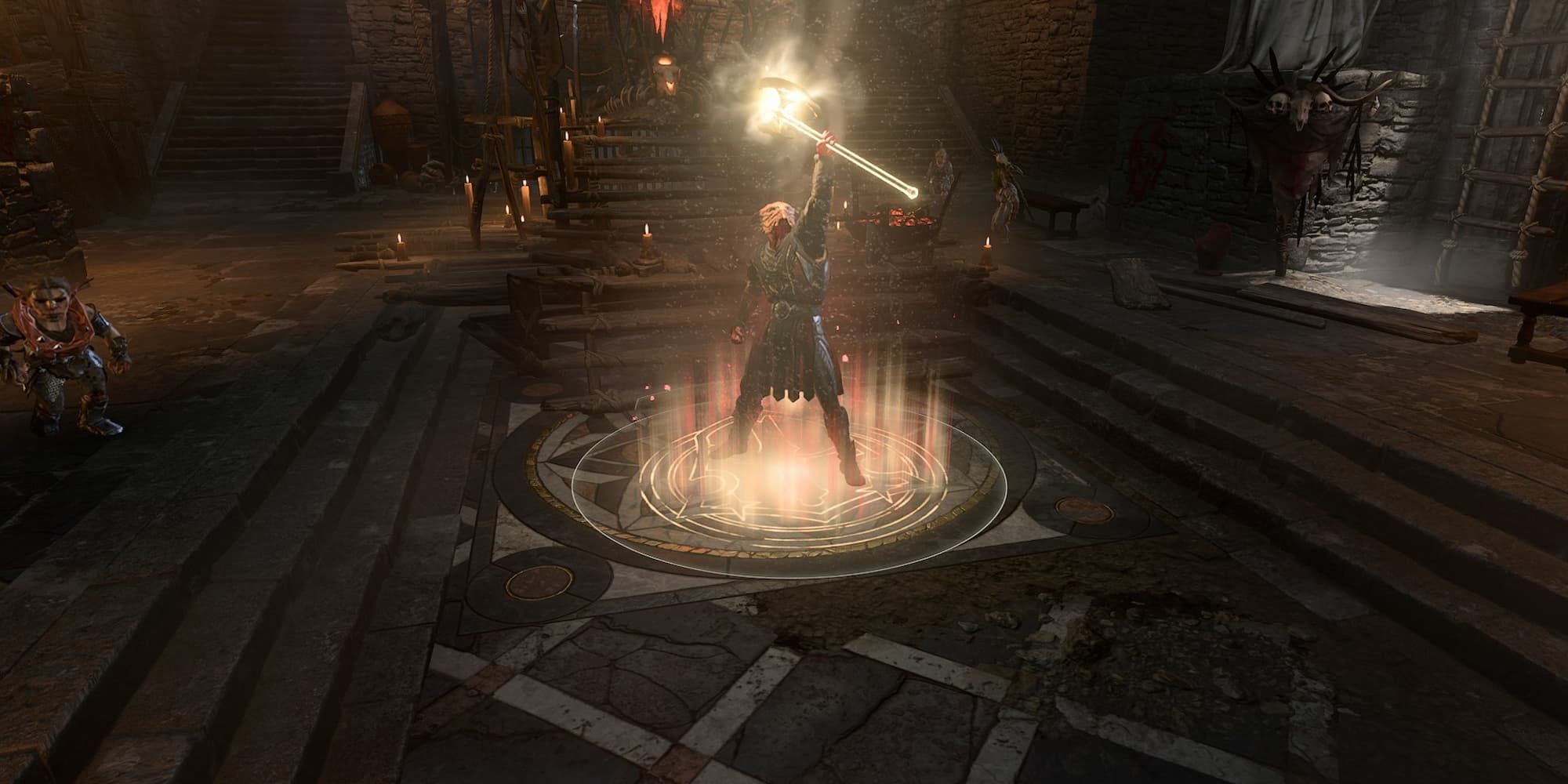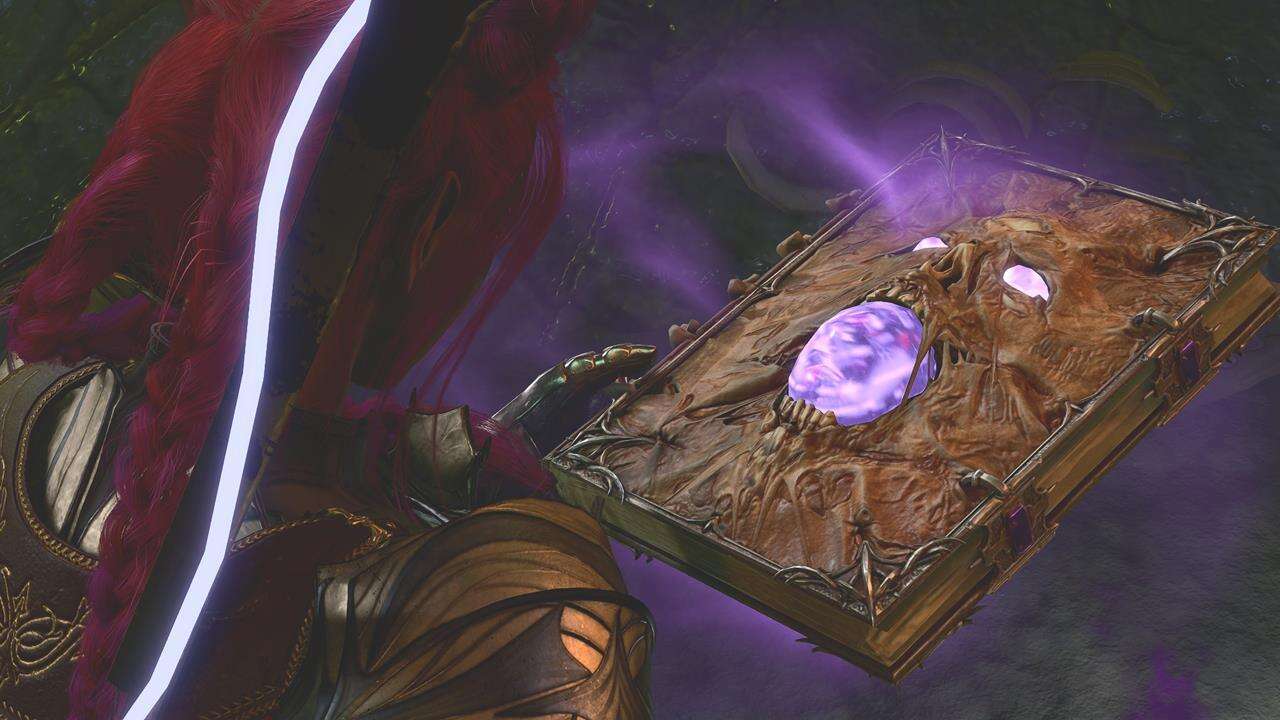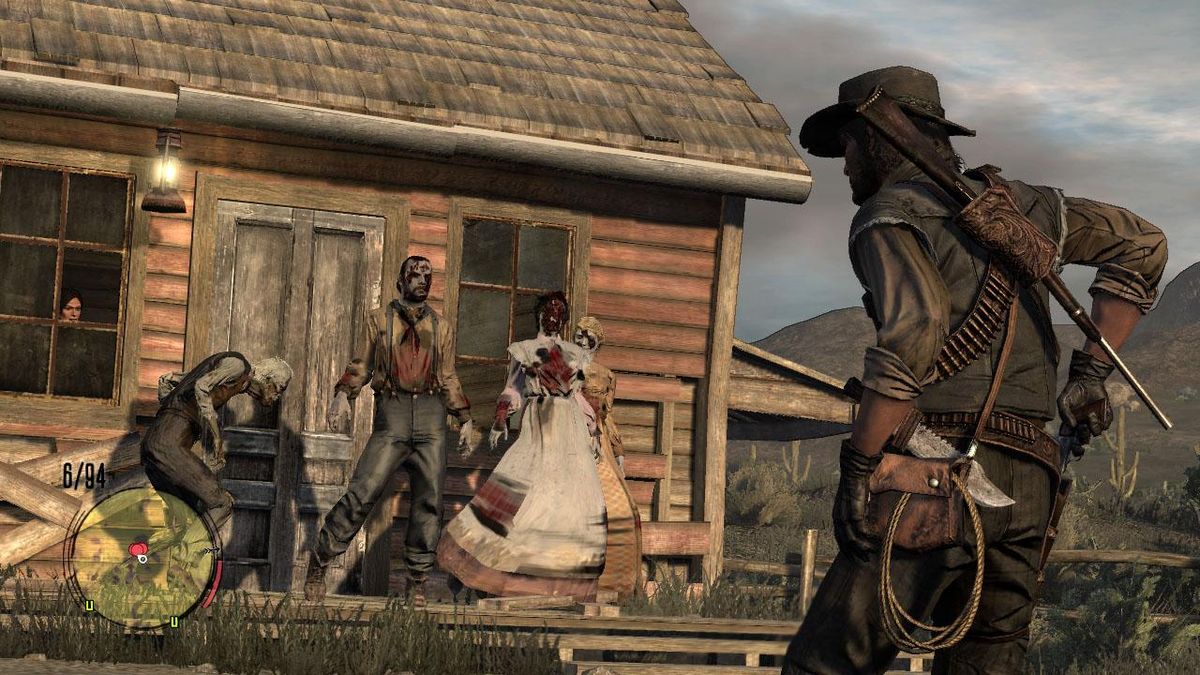Getting the Rare Blue Axolotl in Minecraft
Getting the Rare Blue Axolotl in Minecraft
How to Get Your Hands on a Rare Blue Axolotl in Minecraft

Added to Minecraft in 1.17, Axolotls quickly became a fan favorite due to their cute design and friendly nature. Their ability to help players fight underwater mobs was endearing, and these plucky amphibians became an icon of the game overnight following their reveal.
Axolotls in Minecraft come in numerous colors – cyan, brown, pink, and yellow variants can all be found lurking in the depths. There is a fifth variant, however – the blue axolotl (or purple axolotl – its exact color is up for debate) is ridiculously rare, to the point that it’s almost mythical. Getting your hands on one is no mean feat, but fear not! This guide will walk you through the best method to get a unique aquatic ally.
The Basics

Blue Axolotls cannot spawn naturally – the only way to obtain them is through breeding. When breeding two Axolotls, there is a chance of roughly one in 1,200 that the baby produced will be blue. This number wasn’t chosen randomly – 1,200 is the estimated number of remaining real-life Axolotls in the wild, so it’s a subtle way to raise awareness of a tragically endangered species.
Similarly, the blue color wasn’t a random choice – it’s the only color of Axolotl not based on real-life, as it instead takes inspiration from Pokemon’s Mudkip. In the likely event that a baby isn’t blue, its color will match one of the parents.
The obvious fundamental of acquiring a blue Axolotl is a lot of breeding. To breed two Axolotls, you’ll need two buckets of tropical fish. When fed to the Axolotls, you’ll lose the fish and be left with buckets of water, so you can pick up more fish straight away.
- Setting up Moving Out 2 crossplay and local co-op
- Skyrim: City Ranking Guide
- The Witcher 3: Best Ending Guide
Acquiring the Axolotls
Breeding a bunch of Axolotls sounds all well and good, but in practice, it can be a tedious and messy task. So, let’s walk you through everything you need to do to get things running smoothly. The first step is to acquire the Axolotls you’re going to be using for breeding, and where you go to do this will depend on the version of the game you’re playing.
In Minecraft 1.17, Axolotls spawn in any water below Y-level 63, so long as the light level is zero and the block below the spawning space is stone, deepslate, andesite, diorite, granite, or tuff. This means you can find them in pools in caves, but also deep enough underwater in oceans, so you should have no trouble finding some Axolotls to get started. Pick them up in a bucket of water, and you can carry them with you in your inventory.
In Minecraft 1.18 onwards, Axolotls only spawn in water in lush caves biome, and the block below the spawning space must be clay. This makes them a little harder to find, but there are plenty of pools in the lush caves biome, so once you find the biome, you’ll be able to grab some Axolotls.
Starting The Breeding Process

Once you have a couple of Axolotls, you’ll want to make your way to a warm or lukewarm ocean biome; you can tell which biome you’re in using the F3 screen, but if you don’t have access to this, the water color makes a good indicator – warm ocean water is noticeably lighter than normal water.
The reason for setting up here is that these biomes are where tropical fish spawn, so it’s the best way to ensure a plentiful supply of food for breeding. From 1.18 onwards, tropical fish also spawn in lush caves, but oceans obviously have far more water for fish to spawn in, so they are still the best choice.
Something worth noting is that in 1.17, fish can spawn at any altitude, so it can be a good idea to build your breeding setup high in the sky, with a tank for spawning fish, as this will devote as much of the mob cap as possible to fish spawns near you. From 1.18 onwards, fish only spawn below sea level, so you’ll have to work on the ground. You should still have decent numbers of fish to work with, though.
Build a pool to breed your Axolotls in, get them out of the buckets, and start breeding. You only need two to start with, as they’ll quickly multiply and net you more and more breeding stock. Keep your inventory full of water buckets and restock with tropical fish whenever you run out.
Pool Design

There are a few ways to build the pool. Something shallow with a lot of area can be a quick solution, and it’s easy to fill up or even just build into an ocean. The size isn’t an issue either, as Axolotls will come to you when they see the fish bucket in your hand.
Alternatively, if you prefer a neater solution, separating Axolotls into pairs in their own separate pools and scooping out the babies to move them could be a good option. This might be a bit slower than the first method, but it keeps things neat, and there’s much less of a chance you’d miss the blue Axolotl in a crowd.
Whichever shape you choose to make your pool, the basics are the same: it needs to be one block deep (anything deeper just gives the Axolotls more space to swim down and become harder to reach), and it should be entirely source blocks.
Flowing water will push Axolotls around and make things far more difficult than they need to be, so make sure there isn’t any. Build the walls up a block above the water to keep Axolotls from escaping – they don’t like to hang around on land, but they will pathfind to other water such as other pools or the ocean, which can lead to them getting out.
Getting The Blue Axolotl

With enough breeding, you’ll be rewarded with an ultra-rare blue buddy of your own. Sadly, there’s no quick trick to improve the odds – you just have to breed Axolotls as fast and as often as you can. The nature of chance events like this could see you get it within five Axolotls, or have you going over double the average 1,200, so patience is really the key.
However long it takes, it’s rewarding to get one in the end. Something so rare is a prized achievement in Minecraft, and you can bring your new friend with you wherever you go to show it off. You don’t need to worry about it despawning, as Axolotls don’t despawn if they’ve ever been in a bucket, so once you pick it up for the first time, you’ll be sorted forever.
If you’re really concerned though, you can name it with a name tag, as this prevents any mob from despawning, and it’ll also serve as a nice way to mark your special new companion.
Now that you know the ins and outs of breeding blue Axolotls in Minecraft, go forth and embark on your colorful journey!
Next: Minecraft: Complete Guide And Walkthrough






